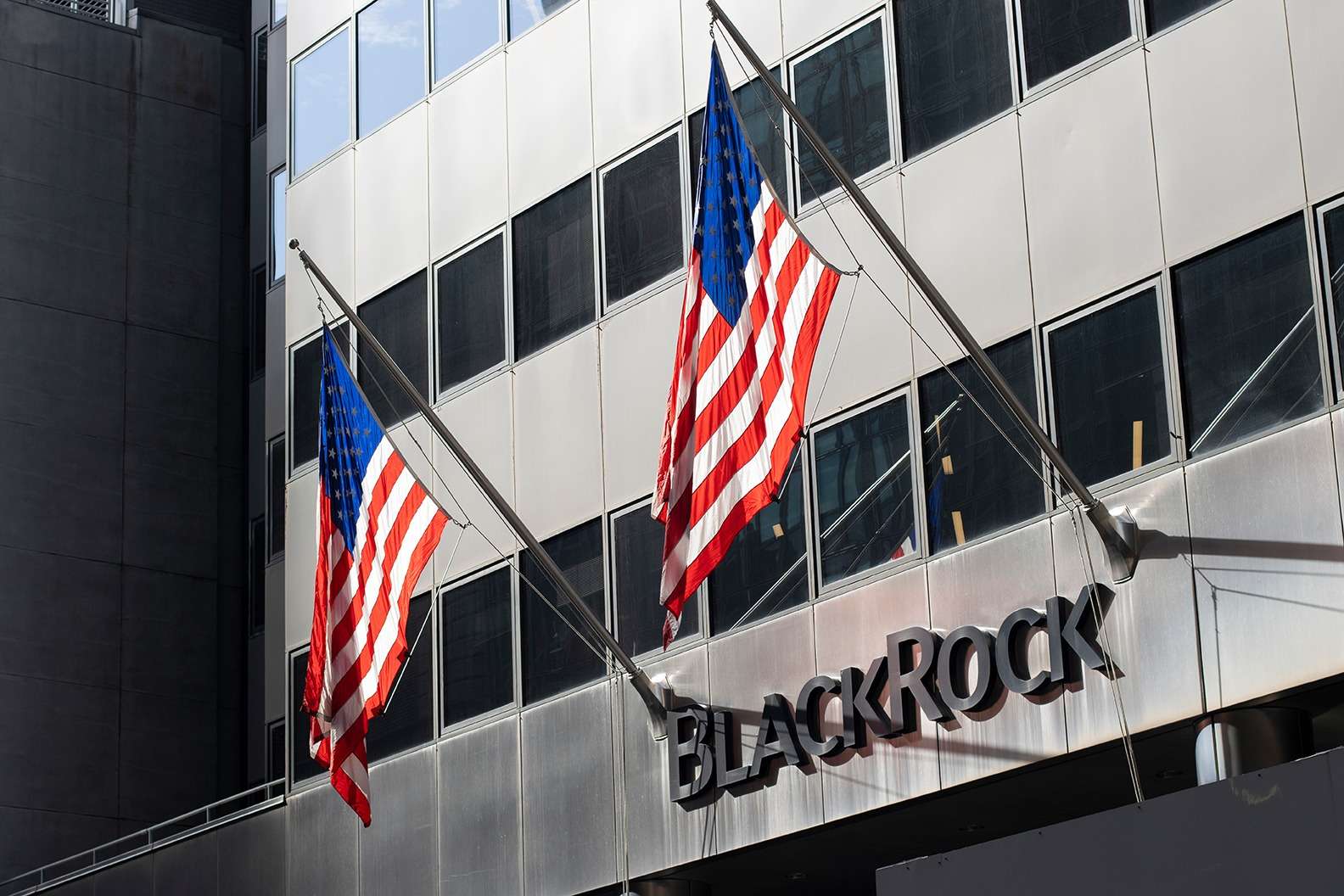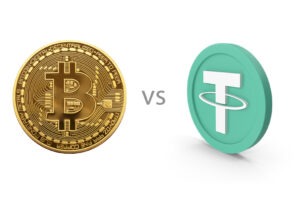Regulatory clarity has become a strategic advantage as the digital asset industry grows. While jurisdictions worldwide still debate the best frameworks to govern crypto markets, Europe has taken a decisive lead with its Markets in Crypto-Assets (MiCA) regulation. MiCA may propel Europe to the forefront of global digital finance by establishing the most comprehensive and harmonised legal structure to date.
MiCA: From Wild West to Financial Legitimacy
The European Union’s MiCA regulation was fully effective on 30 December 2024. It provides a passportable framework across EU states for crypto-asset service providers (CASPs), addressing Stablecoins, exchanges, wallet providers, and more.
According to Verena Ross, Chair of the European Securities and Markets Authority (ESMA):
“The entry into force of the MiCA regime from 30 December 2024 marks a significant step towards having a regulatory framework for the crypto market in place.”
MiCA introduces bank-like licensing requirements, strict anti-money laundering (AML) standards, and investor protections. Supporting acts like the Digital Operational Resilience Act (DORA) and Transfer of Funds Regulation (TFR) ensure a broad legal shield.
Despite upfront compliance costs—licensing fees from €50,000 to €150,000, legal structuring, and advisory costs—MiCA offers one thing the market long craved: predictability.
“MiCA imposes high costs and forces startups to allocate excessive early-stage capital toward regulatory compliance.”
said Erwin Voloder, Head of Policy at the European Blockchain Association.
Nonetheless, major platforms such as Crypto.com and OKX obtained MiCA licenses through Malta in January 2025—an early vote of confidence in Europe’s framework.
United States: Innovation Over Infrastructure
In contrast, the U.S. has pivoted away from enforcement-heavy oversight under the Trump administration. Former SEC Chair Gary Gensler’s crackdown era has ended. Repealing Biden-era crypto task forces, the U.S. now fosters a light-touch, innovation-friendly stance.
This approach supports the development of Blockchain and Stablecoins while actively opposing central bank digital currencies (CBDCs). But without a unified law, fragmentation reigns.
“The US relied on existing agencies like the SEC instead of building a unified crypto law… That generates legal doubt that drives many projects abroad,”
said Manouk Termaaten, Founder of Vertical Studio AI.
This ambiguity may benefit early-stage ventures but creates regulatory inconsistency, discouraging institutional investment and long-term planning.
United Kingdom: Vision Without Volume
The UK has declared ambitions to be a global crypto hub post-Brexit. The Financial Conduct Authority (FCA) has started to regulate Stablecoins and token promotions, but the framework lacks the legal cohesiveness of MiCA.
As Konstantinos Adamos, Group Lead Legal Counsel for Crypto at Revolut, commented:
“Unfortunately, the UK has remained behind… I am optimistic as it seems that the FCA is working at pace and has a very ambitious agenda.”
Still, with only 4 of 29 crypto firm applications approved as of early 2025, progress is slow.
Asia: Innovation in a Mosaic
In Asia, regulation is uneven and regionalised. Countries like Singapore and Japan have implemented clear licensing regimes and launched CBDC pilots.
Meanwhile, Hong Kong made headlines in April 2024 by launching the first spot Bitcoin and Ether ETFs, further solidifying its bid to be the region’s digital asset hub (source).
Conversely, China remains firmly anti-crypto, banning almost all decentralized crypto activity while investing in its digital yuan.
This mix of liberal and restrictive policies makes Asia a fertile but fragmented landscape for cross-border blockchain ventures.
Why the EU Is Pulling Ahead
MiCA’s real advantage lies in clarity and scale. Unlike the policy volatility in the U.S. or the ongoing development in the UK and Asia, MiCA sets enforceable rules across a multi-trillion-dollar economic bloc.
“The EU treats crypto as part of its traditional financial system—it’s cautious, centralized, and prioritises regulation through MiCA and the upcoming digital euro.”
observed Termaaten.
This certainty is attracting companies seeking stability. As highlighted by DNA Crypto, a regulated Virtual Asset Service Provider (VASP) in Poland, compliance with MiCA and AML laws is now a defining asset in brand trust and user adoption.
MiCA also paves the way for the EU’s next steps: a retail-ready digital euro, interlinked with EU-wide cyber resilience, payment standardization, and transaction transparency goals.
The Takeaway
The battle for regulatory leadership in digital finance is no longer about speed but infrastructure. Europe’s MiCA, DORA, and TFR offer a model that balances regulatory certainty with innovation readiness.
While the U.S. remains a cradle for agile startups and Asia continues to drive creative blockchain uses, Europe now leads in institutional credibility and policy maturity. The next wave of crypto adoption—whether via tokenized assets, institutional DeFi, or CBDCs—may well be shaped in Brussels, not Silicon Valley.
“The MiCA regime represents a new era for crypto in Europe. It’s a playbook others will now be watching very closely.”
— Verena Ross, ESMA
Related Resources:
Image Source: Adobe Stock
Disclaimer: This article is purely for informational purposes. It is not offered or intended to be used for legal, tax, investment or financial advice.












